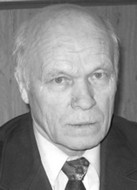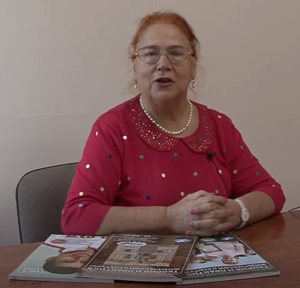New training load rating method in weightlifting
Фотографии:
ˑ:
Teoriya i praktika fizicheskoy kultury №1 2018, pp.78-82
Dr.Hab., Professor Y.P. Kobyakov1
Postgraduate, Honoured Master of Sports A.V. Lovchev1
1Vladimir State University named after A.G. and N.G. Stoletovs, Vladimir
Objective of the study was to provide grounds for and develop a new training workload rating method for weightlifting sport with application of energy costs in the International Physical Values Rating System (Systeme International d`Unitas, SI) i.e. in Joules (J) and kilo-Joules kJ.
Weight travel trajectories for the classical moves in weightlifting were profiled and analyzed to compute the energy costs of the classical moves in the SI values. The new method gives objective and adequate data on the energy costs of the weightlifting moves that may be applied to control the training process in different body weight categories, with a special emphasis on the heavyweight group. The new method may be beneficial for the energy cost profiling for different movement sequences in modern weightlifting sport.
Keywords: training process, training workload, rating, SI system.
References
- Vorobyev A.N. Tyazhelaya atletika. Uchebnik dlya institutov fizicheskoy kultury [Weightlifting. Textbook for physical culture institutes]. Moscow: Fizkultura i sport publ., 1972, 314 p.
- Livanov O.I., Falameev A.I. O nekotorykh biomekhanicheskikh kharakteristikakh dvizheniya shtangi v ryvke i pri pod'eme na grud [Some biomechanical characteristics of barbell snatch movement and hand squat]. Tyazhelaya atletika. Ezhegodnik. Moscow: Fizkultura i sport publ., 1979, pp. 22-25.
- Luchkin N.I. Podnimanie tyazhestey [Weight lifting]. Moscow: Fizkultura i sport publ., 1940, 196 p.
- Matveyev L.P. Problema periodizatsii sportivnoy trenirovki [Problem of periodization of sports training]. Moscow: Fizkultura i sport publ., 1964, 244 p.
- Medvedev A.S. Obiem i intensivnost trenirovochnykh nagruzok v sorevnovatelnom periode u silneyshikh tyazheloatletov SSSR. Avtoref. dis. kand. ped. nauk [Volume and intensity of training loads in competitive period for the strongest weightlifters of the USSR. PhD diss. abstract]. Moscow, 1968, 17 p.
- Roman R.A., Shakirzyanov M.S. Zhim, ryvok, tolchok. Tekhnika luchshikh atletov mira [Clean and jerk. Technique of the best athletes of the world]. Moscow: Fizicheskaya kultura i sport publ., 1970, 144 p.
- Skotnikov V.F. Partsialnye ob'emy nagruzki (s otyagoscheniem ³70%) v osnovnykh gruppakh uprazhneniy u silneyshikh tyazheloatletov mira 80-kh godov v zavisimosti ot massy tela i tipa podgotovki. Dis. kand. ped. nauk
- [Partial load volumes (with ≥70% weight) in main exercise groups for the strongest weightlifters of the world in the 80s, depending on body weight and training type. PhD diss.]. Moscow: Fizkultura i sport publ., 1 976, pp. 19-24.
- Smirnov V.E. Raspredelenie nagruzki po zonam intensivnosti v osnovnykh gruppakh uprazhneniy u silneyshikh tyazheloatletov mira 80-kh godov v zavisimosti ot massy tela i etapa podgotovki. Dis. kand. ped. nauk [Load distribution by intensity zones in main groups of exercises for the strongest weightlifters of the world in the 80s, depending on body weight and training stage. PhD diss.]. Moscow, 1996, 180 p.
- Solonenko O.A. Osobennosti raspredeleniya trenirovochnoy nagruzki u zhenschin tyazheloatletok vysshey kvalifikatsii. Dis. kand. ped. nauk [Specifics of training load distribution in elite female weightlifters. PhD diss.]. Moscow, 2004, 144 p.
- Frolov V.I., Levshunov N.P. Fazovaya struktura tolchka shtangi ot grudi [Phase structure of clean and jerk]. Tyazhelaya atletika. Ezhegodnik, Moscow: Fizkultura i sport publ., 1979, pp. 25-28.
- Chernyak A.V., Chuzhin A.V., Gisin M.S. et al. Obiem i intensivnost trenirovochnykh nagruzok atletov razlichnykh vesovykh kategoriy [Volume and intensity of training loads for athletes of different weight categories]. Weightlifting. Yearbook. Moscow: Fizkultura i sport publ., 1 976. pp. 19-24.




